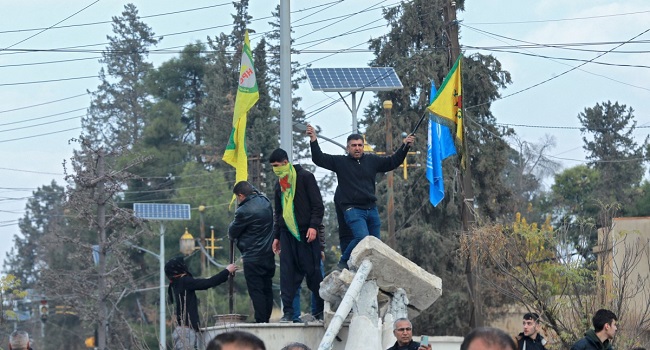President Assad Flees Amidst Lightning Rebel Offensive
Rebel factions led by Hayat Tahrir al-Sham (HTS) declared control of Damascus on Sunday, forcing President Bashar al-Assad to flee. This marks the end of five decades of Baath Party rule in Syria. Jubilant residents celebrated in the streets, toppling statues of Assad’s father and heralding the city’s “liberation.”

Rapid Advances and Strategic Victories
The fall of Damascus follows a swift campaign that began less than two weeks ago. Rebel forces captured the strategic cities of Homs and Hama, displacing government troops and securing major territories. Reports indicate government soldiers have fled to Iraq, leaving behind abandoned tanks and armoured vehicles.

Infamous Sednaya Prison Opened
The rebels have also liberated the notorious Sednaya Prison, a symbol of the Assad regime’s oppressive rule. Thousands of political detainees have reportedly been freed, marking what HTS called “the end of tyranny.”

International Reactions and Call for Dialogue
The international community has responded cautiously. The UN called for urgent political talks, while Russia and Iran, long-time Assad allies, criticized the rebel takeover. U.S. President-elect Donald Trump stated that the U.S. should “not get involved,” emphasizing the need for a political solution.
A Nation in Transition
Prime Minister Mohammed al-Jalali expressed readiness to work with new leadership, saying Syria could now build “good relations with its neighbors.” However, with over 370,000 displaced and continued violence, the road to stability remains uncertain.
This historic development reshapes the Middle East, ending decades of Assad’s rule while ushering Syria into an unpredictable new era.










